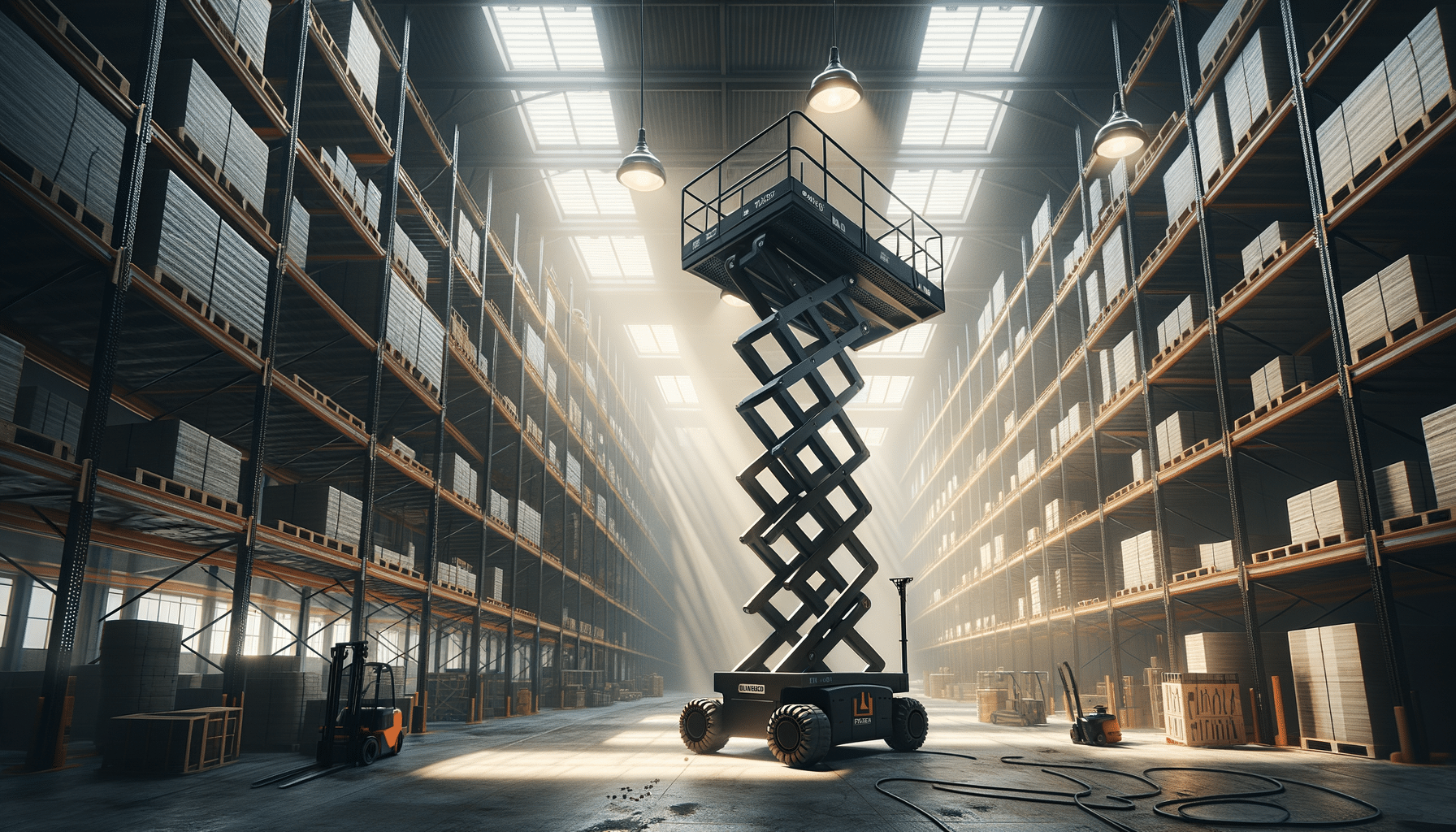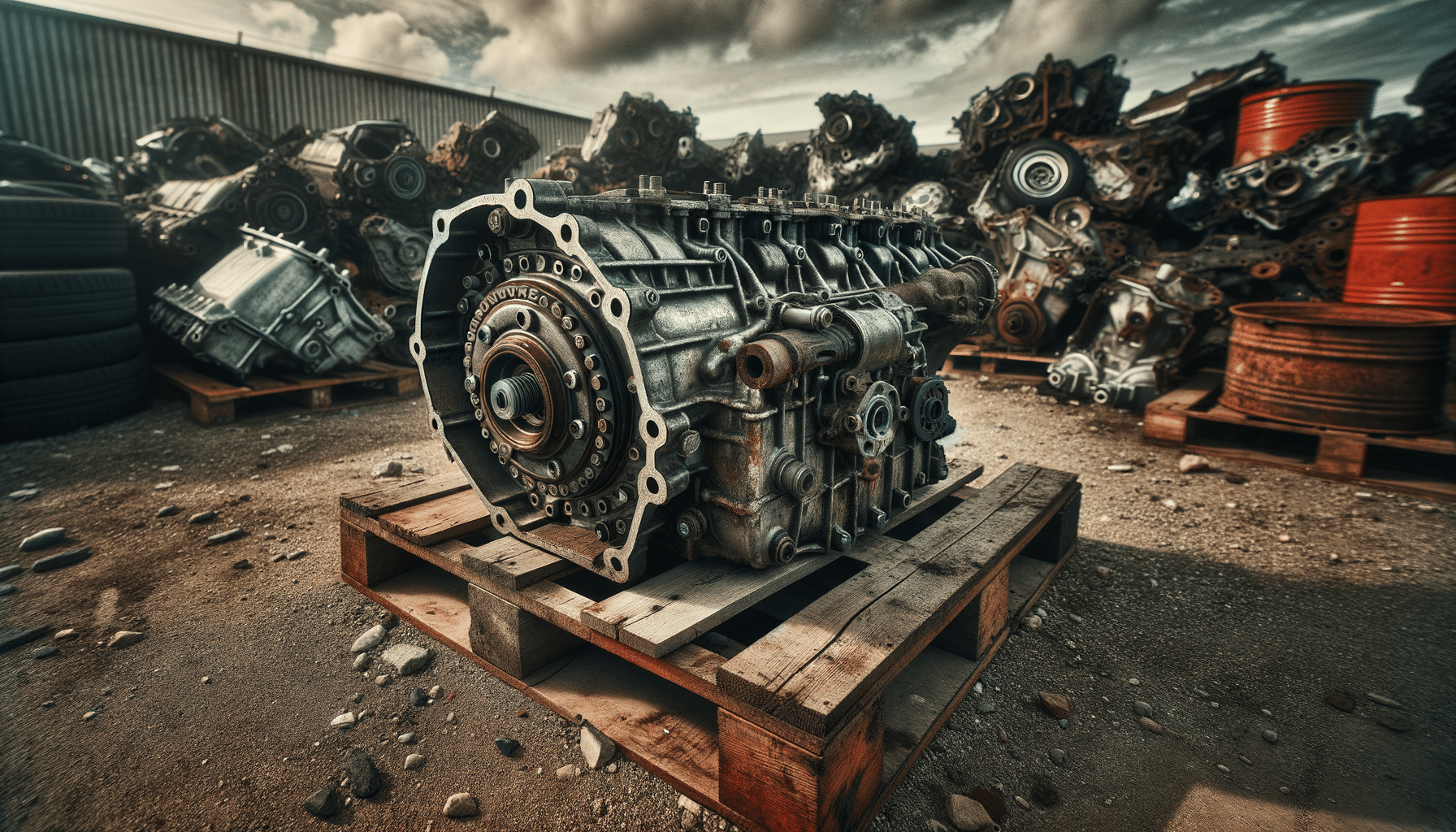
Exploring Scissor Lifts: Versatility and Practical Applications
Introduction to Scissor Lifts
Scissor lifts are essential tools in various industries, offering a practical solution for lifting personnel and equipment to elevated work areas. These machines are renowned for their versatility and safety, making them a favored choice for tasks that require working at heights. Whether in construction, maintenance, or warehousing, scissor lifts provide a stable platform for workers to perform their duties efficiently and safely.
The importance of scissor lifts lies in their ability to enhance productivity while minimizing risks associated with working at heights. With a robust design and user-friendly controls, these lifts are engineered to handle various applications, from indoor tasks like electrical installations to outdoor projects such as building repairs. Their adaptability makes them indispensable in modern industry settings.
Types of Scissor Lifts
Scissor lifts come in several types, each designed to meet specific needs and environments. Understanding these variations is crucial for selecting the right lift for a particular job. Here are some common types:
- Electric Scissor Lifts: Ideal for indoor use, these lifts are powered by batteries and known for their quiet operation and zero emissions.
- Diesel Scissor Lifts: Suited for outdoor environments, these lifts offer higher load capacities and are equipped with robust engines for challenging terrains.
- Rough Terrain Scissor Lifts: Designed for uneven surfaces, these lifts feature heavy-duty tires and enhanced stability systems to navigate difficult landscapes.
Choosing the appropriate type depends on factors such as the work environment, height requirements, and load capacities. Each type offers unique advantages, ensuring that there is a scissor lift suited for virtually any task.
Key Features and Benefits
Scissor lifts offer a range of features that contribute to their widespread use across industries. These features not only improve operational efficiency but also ensure the safety of workers. Here are some notable benefits:
- Stability: The crisscrossing support structure provides excellent stability, reducing the risk of tipping over.
- Safety Mechanisms: Equipped with guardrails and emergency stop buttons, scissor lifts prioritize worker safety.
- Ease of Use: Intuitive controls and simple operation make scissor lifts accessible to operators with varying levels of experience.
- Cost-effective: Compared to other lifting equipment, scissor lifts are relatively affordable and require less maintenance.
The combination of these features makes scissor lifts a practical choice for many industries, ensuring that work can be completed efficiently and safely.
Applications Across Industries
Scissor lifts are utilized in a wide array of industries, each benefiting from their unique capabilities. Here are some common applications:
- Construction: Used for tasks such as painting, roofing, and window installation, providing a secure platform for workers.
- Warehousing: Facilitates inventory management and maintenance tasks, allowing workers to reach high shelves with ease.
- Maintenance: Essential for tasks like lighting installation and HVAC repairs in both commercial and residential settings.
- Event Management: Used to set up stages and lighting rigs, ensuring smooth and safe operations during events.
The versatility of scissor lifts allows them to be adapted for various tasks, proving their value in enhancing workplace efficiency.
Conclusion: The Future of Scissor Lifts
As industries continue to evolve, the demand for effective and safe lifting solutions like scissor lifts is expected to grow. Technological advancements are likely to further enhance their capabilities, introducing features such as automation and improved ergonomics. These developments will not only increase efficiency but also ensure that safety remains paramount.
In conclusion, scissor lifts are an integral part of many industries, offering a blend of practicality, safety, and versatility. Their continued evolution promises to meet the ever-changing demands of the modern workplace, making them an invaluable asset for years to come.


